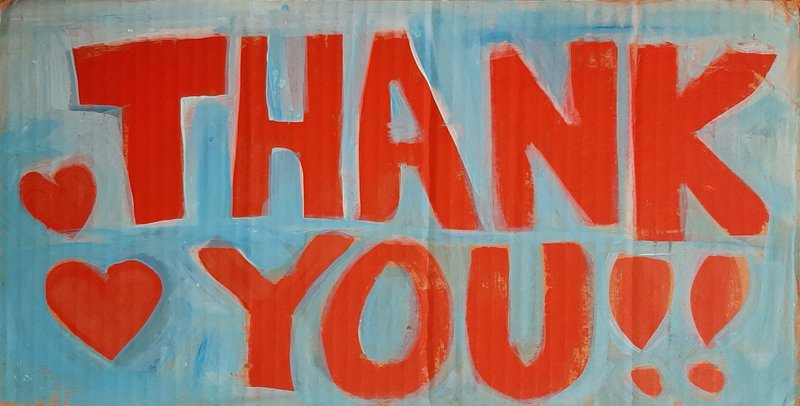What's Happening in the 2023 Seattle City Budget
- Dec. 2, 2022
Advocates like you rallied across Seattle, giving public comments and writing to elected officials to push for a city budget that aligns with your values and priorities. On Nov 29, City Council finalized the 2023 Seattle City Budget. After a tough year with low revenue projections, next year’s budget includes some wins and setbacks for people walking, rolling, and biking.

3 Big Wins:
- Vision Zero budget increases to $8 M.
191 people have been killed by speeding vehicles since the City of Seattle committed to Vision Zero, including 9 people killed in just the last month. We released a manifesto for how to get Vision Zero back on track – increasing funding is a key recommendation. The Vision Zero program has strong safety and equity filters, putting money towards projects that save lives. Yet it is chronically underfunded, despite major increases in the last two years thanks to advocate pressure. - Increased funds for new sidewalk construction, protected bike lanes, and school safety improvements.
Funds for building new protected bike lanes will rise to $28.4 M next year, after the Move Seattle Levy Oversight Committee dropped a huge percentage of leftover funds into protected bike lanes – the program most behind on achieving levy goals. - Better bike lanes for South Seattle.
District 2 sees disproportionate numbers of neighbors killed due to traffic violence. CM Morales set aside $1 M to improve existing protected bike lanes in District 2 from plastic flex posts, which are easy for cars to drive over and require a lot of maintenance, to low concrete barriers, which are significantly sturdier and longer-lasting.

School Zone Speed Cameras Doubled:
Doubling of the automated school zone speed camera program has ups and downs.
- Upside: Revenue from these tickets funds street projects that help kids walk and bike to school safely, and automated cameras are both a more effective means of speed enforcement and less prone to bias than police officers.
- Downside: Camera enforcement comes with its own set of equity concerns. We successfully pushed Council to require SDOT to report on these concerns as the program expands. We will continue to advocate for ways to make the program more equitable, including issuing warnings for first offenders, spreading automated cameras equitably throughout key areas instead of concentration in communities of color, and offering accessible alternative options to people who are unable to pay high ticket costs. Our end goal, for both enforcement and speeding, is a street design that doesn’t depend on enforcement for safety.

3 Setbacks:
- Parking Enforcement Officers return to SPD after one year in SDOT.
This switch will be a temporary hold while the city drafts a report determining the final landing place for the division, expected in April. Learn more about why parking enforcement should be in SDOT and stay connected with Seattle Neighborhood Greenways and the Solidarity Budget Coalition for continued advocacy. - Decreased funding for ADA accessibility and Sidewalk Maintenance.
Uneven and crumbling sidewalks pose extreme mobility challenges to people with disabilities and create tripping hazards – especially for elders. Many of our parks are extremely inaccessible. There are 150,000+ sidewalk repair issues that the city knows about, yet instead of increasing funding for accessibility, $2 M has been cut from the budget for sidewalk maintenance, and $1.5 M for ADA compliance in parks. We will continue to push for programs like these that make Seattle an accessible city for all. - Cuts to transit service and reliability.
The 2023 budget shifted $12 million from Seattle’s 2020 transit funding ballot measure (STBD), which usually pays for transit service and painting bus lanes, and instead will go to bridge maintenance.
Check out articles in Real Change, The Urbanist and Seattle Bike Blog for more information.
Learn more about the Solidarity Budget coalition wins and setbacks in Green New Deal investments, housing, policing, social services, and more.

Thank you for your continued advocacy! We continue to push for our safety, equity, and climate goals to be reflected in the Seattle City Budget.